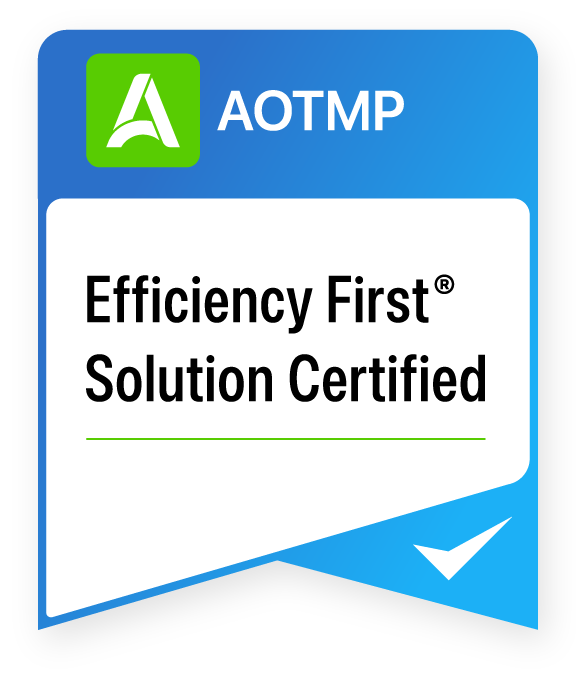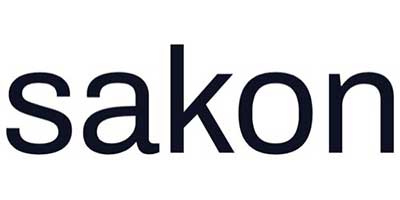State of the Industry
The Truth About Technology Expense Management in 2024
Introduction
The TEM Industry Revolution: A Call to Action
- Introduction
- Part 1: The Urgent Need for Transformation in TEM
- Part 2: Breaking Free from the Cost Savings Trap
- Part 3: Bridging the Buyer-Seller Divide
- Part 4: The Savings Paradox: Redefining Value in TEM
- Part 5: The Urgent Need for Innovation and Partnership
- Part 6: The Imperative for Centers of Excellence
- Part 7: A Call to Action for Buyers
- Part 8: A Call to Action for Sellers
Download as PDF
This series is also available as a PDF download.
Stay informed
Sign up to receive email notifications for future State of the Industry series releases.
The Technology Expense Management (TEM) industry is at a critical juncture, facing significant challenges and opportunities.
Customers spend $5+ trillion annually on telecom, mobile, cloud, and IT assets, licenses, and services. Yet, TEM vendors purpose-built to help customers manage technology spending have struggled to grow or achieve the success seen in related billion-dollar industries like CRM or ITSM. Customer adoption of TEM solutions is high for large multi-national organizations. Yet, the lion’s share of technology spending in companies with less than $1 billion in revenue remains unaddressed with a patchwork of audits that fail to support technology lifecycle spending proactively. AOTMP®, a leader in technology management best practices, has launched an eight-part series to examine the industry’s issues and propose solutions.
The Technology Expense Management (TEM) industry supports the financial and operational lifecycle of telecom, mobile, cloud, and IT assets, licenses, and services.
Summary
The article series aims to address several key points:
- Stagnation in the TEM industry despite technological advancements and market potential.
- The reasons behind the lack of large-scale TEM providers and the high customer churn rate in the industry.
- The disconnect between buyer expectations and vendor capabilities leading to unsuccessful partnerships.
- The need for a shift in focus from purely cost savings to broader value propositions in TEM services.
- The importance of improving communication and transparency between buyers and sellers.
- The potential for creating true partnerships and Centers of Excellence in telecom, mobile, cloud, and IT management.
- The role of various stakeholders, including enterprises, vendors, and investors, in driving industry growth.
- Recommendations for buyers and sellers to improve their approaches and relationships.
As we delve into the challenges and opportunities facing the TEM industry, one thing becomes clear: the time for incremental change has passed. This series is a rallying cry for buyers, sellers, and stakeholders to take immediate, decisive action. The future of TEM hangs in the balance, and your role in shaping it begins now.
Throughout this groundbreaking 8-part state of the industry series on the future of Technology Expense Management (TEM), we’re proud to highlight the forward-thinking vendors already embracing its transformative recommendations.
Go to Part 1: The Urgent Need for Transformation in TEM ›

AOTMP Certified Vendors have validated the performance of their products against the principles of the Efficiency First® Framework.
AOTMP® Efficiency First® Solution Certified Vendors are at the forefront of this industry revolution, committed to:
- Redefining value beyond cost savings
- Building true strategic partnerships with clients
- Driving innovation in technology management
- Fostering transparency and open communication
- Supporting the development of world-class Technology Management Centers of Excellence
These certified vendors aren’t just talking about change – they’re actively implementing the strategies outlined in our whitepaper series to deliver unparalleled value to their clients.


Meet the Authors
Tim Lybrook and Timothy C. Colwell have over 65 years of experience between them. They know what works and what doesn’t, and have seen hundreds of success stories and hundreds of failed relationships.
They literally wrote the book on gaining and maintaining technology management financial and operational efficiency. The Efficiency First® Framework Guidebook details best practices across 30 telecom, mobile, and cloud / IT workstreams that deliver proven results.
Share with your peers





